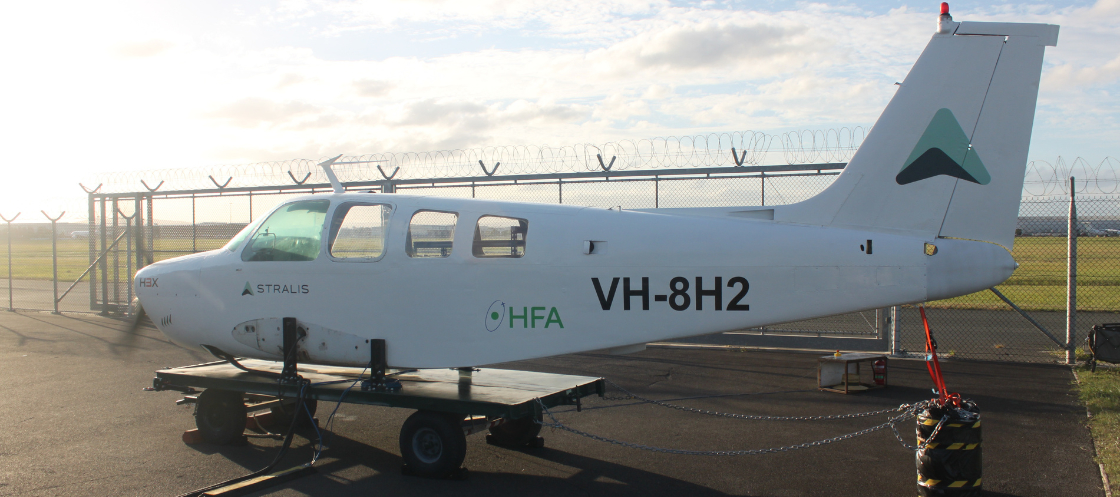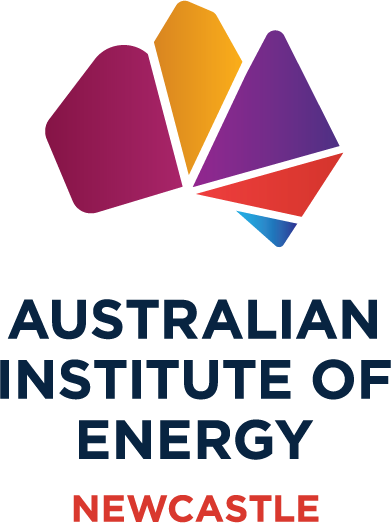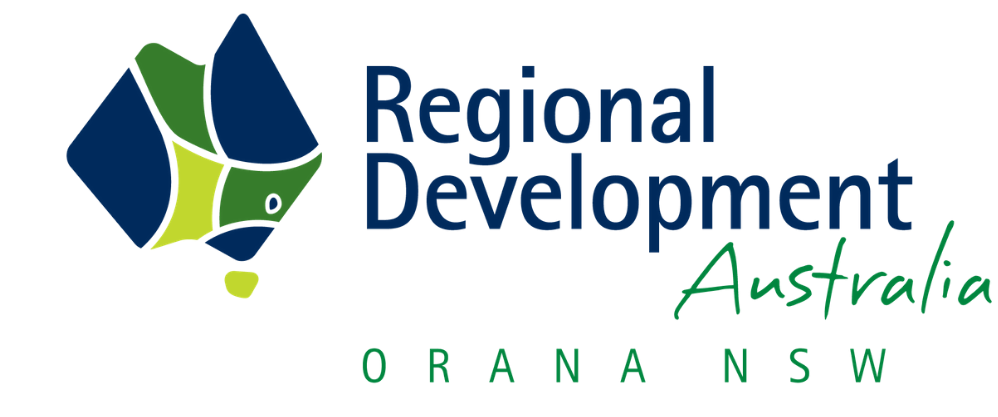Australian collaboration on pioneer hydrogen-electric aircraft to fly in 2024
The potential for showcasing hydrogen-electric aircraft at events like COP2026 and the 2032 Olympic Games in Brisbane could significantly spotlight Australi's burgeoning sustainable aviation sector.

Spearheaded by a collaborative effort between iMOVE Cooperative Research Centre (CRC), Stralis Aircraft, and Queensland University of Technology (QUT), an initiative to develop hydrogen-electric propulsion systems for aircraft aims to revolutionize the Australian aviation industry's approach to carbon emissions.
Scheduled for its maiden flight in 2024, Australia's first hydrogen-powered aircraft, driven by Stralis Aircraft in collaboration with iMOVE CRC and QUT, aims to integrate a hydrogen-electric propulsion system (HEPS) into a Beechcraft Bonanza A36 aircraft.
Stralis Aircraft leads the development of HEPS and aircraft retrofitting. With plans to retrofit a Beech 1900 aircraft and design a new 50-seat aircraft, Stralis aims to position itself as a potential global leader in sustainable aviation technology.
Critical to this project's success is QUT's involvement, focusing on modeling, implementing, and testing the system's design and performance. Moreover, QUT plans to incorporate the project's outcomes into its educational programs, particularly within engineering and renewable energy studies.
The collaboration is rounded out by the involvement of iMOVE CRC, which specializes in various transport research areas, including intelligent transport systems and optimizing supply chains. This initiative aligns perfectly with their commitment to driving advancements in Australia's transport systems.
Stralis aims to showcase hydrogen-electric aircraft to world leaders and global business elites should Australia succeed in its bid to co-host COP2026. The aircraft could also be used to transport athletes around Queensland during the Brisbane Olympics in 2032.
This pioneering endeavor represents an investment in redefining aircraft propulsion systems, setting benchmarks for sustainable aviation, and contributing significantly to global environmental goals. It's a collaborative venture that not only aims to transform individual aircraft but also to revolutionize the way we approach air travel, making it cleaner, more efficient, and environmentally conscious.












